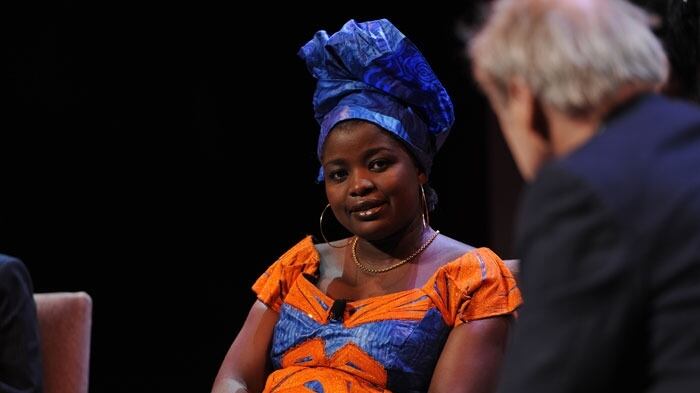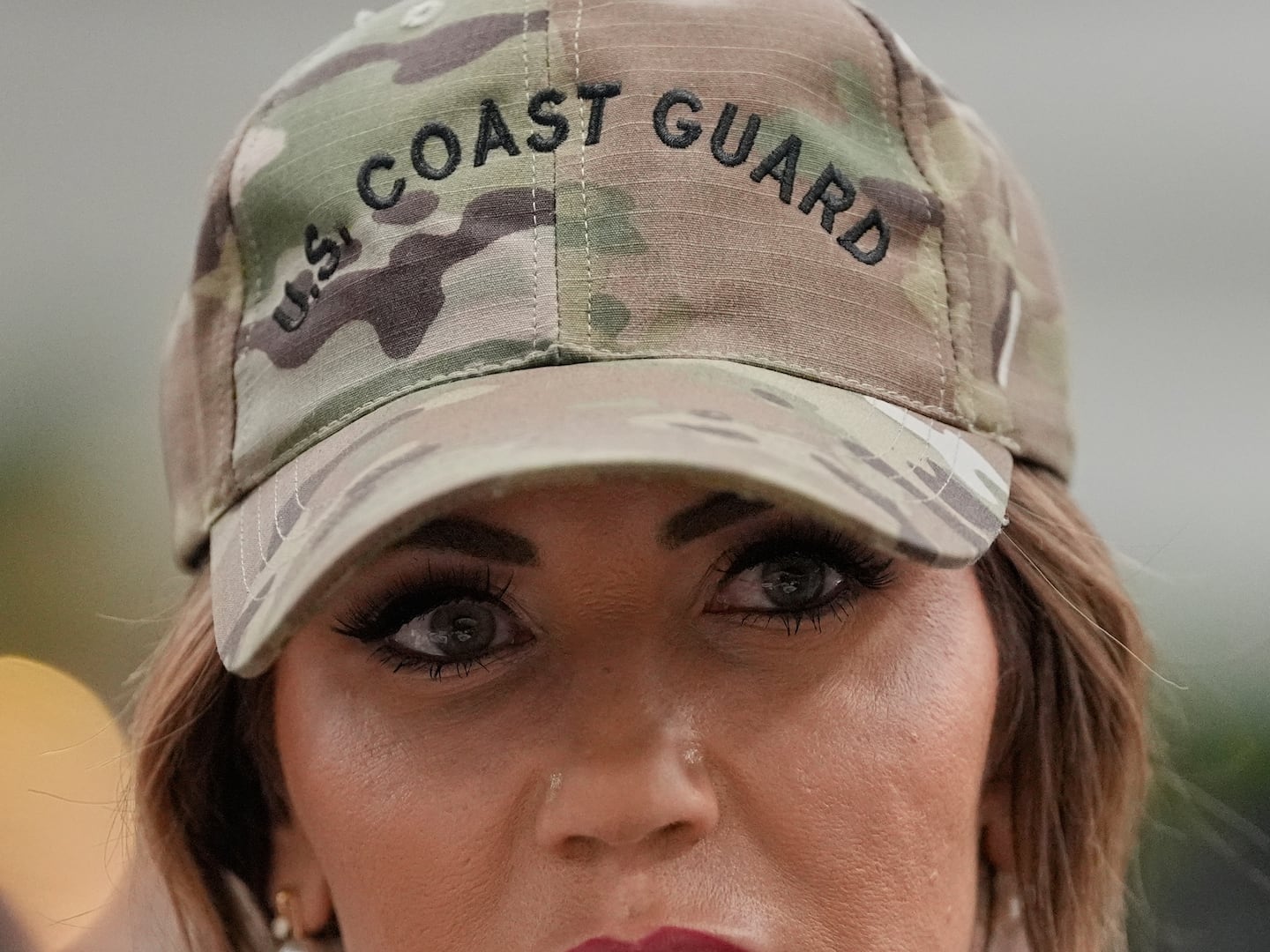The risks to foreign correspondents covering wars, protests and major events was underscored earlier this year when CBS correspondent Lara Logan was sexually assaulted covering the Egyptian revolution in Cairo. But there are a number of women journalists who not only cover conflicts from the frontlines, but live them as well. Congolese radio correspondent Chouchou Namegabe (pictured below), co-founder and coordinator of AFEM/SK, gave a powerful account on Friday of one of the biggest dilemmas she faced when covering the atrocities in Rwanda. “There was no word for rape,” she says, recalling how she and her sole female colleague came up with a way to describe it. “It is a shame to talk about rape. It was taboo to talk about sex on the radio.” But Namegabe didn’t care, and told the stories of countless women who suffered door-to-door rape and one who, seven months into her pregnancy, was raped by a group of men while her husband was forced to kneel beside the bed and watch.

Africa and the Middle East certainly dominate the headlines in recent months, but they are not the only conflict areas that pose challenges to the journalists who cover them. And Namegabe is not alone in her battle to cover wars and conflicts that are also part of their daily lives. Mexican author and journalist Lydia Cacho, who says her readership think of her as “the crazy feminist in the newspapers” came to what she calls “gender journalism” out of a will to tell a story no one wanted to hear. After publishing a book based on her investigation of a pedophile trafficking ring in Mexico, armed police officers came to her house and “tortured” her for twenty hours to intimidate and punish her for exposing the crime. Reading an excerpt from her book, she vowed not to give up exposing the truth. “I have survived rape and torture,” she said. “But I will continue to write.”Women journalists do face particular challenges in the field, more vulnerable to sexual assault and cultural stigmas, but Caroline Drees, Reuters managing editor for Middle East and Africa, says she does not make decisions on who to send to battle based on gender. “I hesitate before sending anyone to conflict,” she said, describing factors like the journalist’s personal experiences, language skills and the last time they were in conflict. “I consider many things, but not their gender.” Poignantly missing from the panel was American war photographer Linsey Addario. In a fuzzy pre-taped conversation from the front lines of the battle in Libya, she described how she had no body armor, no helmet. It had been confiscated in Cairo.“Stay safe,” said Sir Harold Evans, who moderated the panel. “Come home safe.” But for those who live on the battlefields and frontlines, going home is not an option. Women journalists who cover the conflicts they are living first-hand are true heroes.






